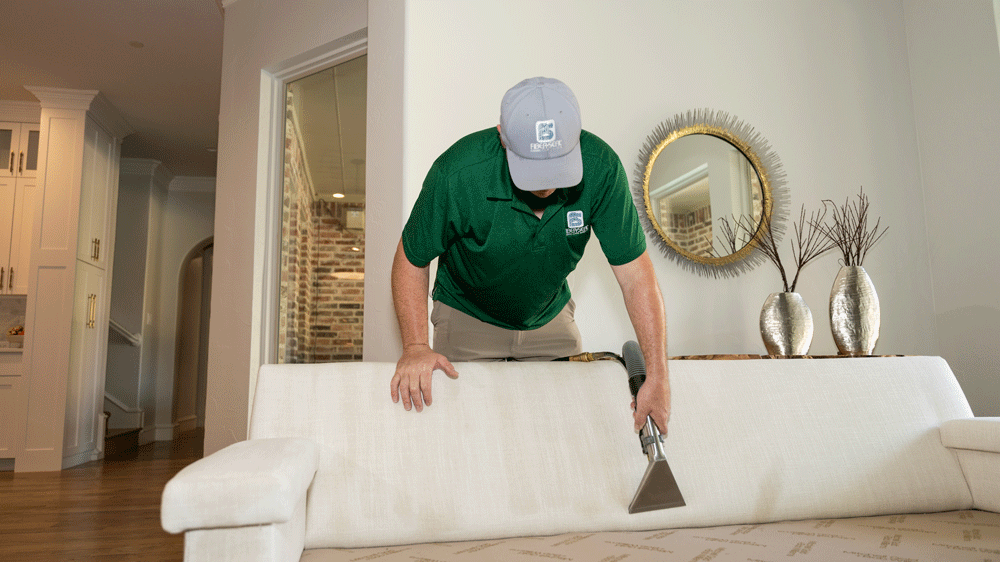
To keep your furniture and fabrics looking nice and lasting a long time, you need to do more than just clean them regularly. Protective coatings are an often-overlooked solution that can dramatically extend the life of upholstery, rugs, drapes, and other soft furnishings. Whether you’ve just invested in a new couch or want to preserve your vintage armchair, understanding how protective coatings work can help you keep your fabrics looking their best for years to come.
What Are Fabric Protective Coatings?
Fabric protective coatings are specialized treatments designed to shield textiles from stains, moisture, dirt, and even UV rays. These coatings form a barrier over the fibers, making it more difficult for liquids to penetrate or particles to adhere. In places with a lot of foot traffic or homes with kids and pets, where spills and dirt happen all the time, this can be very helpful.
The best part? These coatings are typically invisible to the eye and do not alter the texture or color of the material. You won’t even know they’re there—until you see that glass of red wine bead up instead of soaking in.
Benefits of Using Protective Coatings
1. Stain Resistance
One of the most significant advantages of applying a protective coating is its ability to resist stains. Whether it’s wine, coffee, ink, or greasy fingerprints, a treated fabric repels these substances, giving you time to blot them away before any damage sets in.
2. Moisture Protection
In humid climates or environments where moisture is a concern, protective coatings act as a barrier that helps prevent mold and mildew. This makes them great for outdoor chairs or places near the coast.
3. UV Defense
Some coatings include UV protection, which helps prevent fading and degradation caused by sunlight. This is essential for drapes and furniture near windows, as sun exposure can dull colors and weaken fibers over time.
4. Easy Cleaning
It’s easier to clean and care for fabrics that have been treated. Dust and debris tend to sit on the surface, making it easier to vacuum or wipe clean. This translates to less wear and tear from frequent deep cleaning.
When and Where to Apply
Protective coatings can be applied to new furniture as a preventive measure or to freshly cleaned existing pieces. It’s ideal to treat:
- Sofas and armchairs
- Dining room chairs
- Area rugs and runners
- Draperies and curtains
- Decorative pillows and cushions
While DIY products are available, professional application typically ensures more thorough coverage and longer-lasting results. Services like https://www.ultra-guard.com/miami-fabric-protection/ offer high-quality, customized treatments for all types of fabrics, ensuring peace of mind and convenience.
What to Look for in a Fabric Protector
Not every protective covering is the same. When choosing a service or product, think about these things:
- Non-toxic formulation: Especially important in homes with pets or small children.
- No residue or discoloration: The coating should be invisible and should not affect the fabric’s texture.
- Durability: Look for a protector that withstands multiple cleanings before needing reapplication.
- Eco-friendliness: Opt for products that are free from harsh chemicals or PFAS.
Final Thoughts
Protective coatings are a smart investment in the longevity and beauty of your fabrics. They serve as a silent guardian against daily wear, environmental factors, and unexpected accidents. If you want to ensure your furniture remains in pristine condition without constant worry, services like https://www.ultra-guard.com/miami-fabric-protection/ can deliver professional-grade protection with long-term benefits.
Your home deserves furnishings that look great and last longer—and with the right fabric care strategy, that goal is well within reach.

